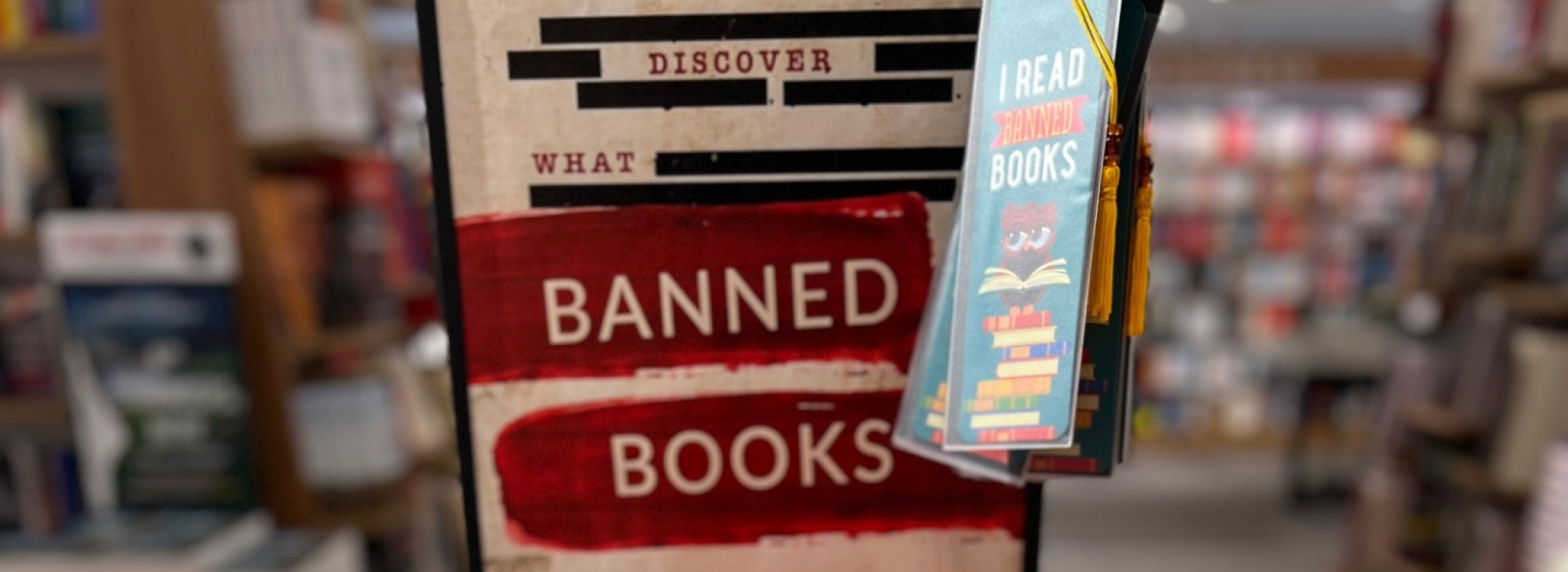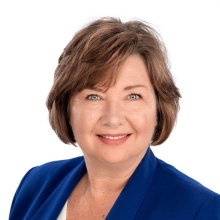
Censorship hinders critical thinking and infringes on readers’ rights
BY JULIE GORLEWSKI
Banned Books Week, held during the first week of October, seemed an ideal time to investigate the meanings of key terms and the implications of their execution. In today’s political landscape, the words “censorship” and “book banning” are whispered and declared in a range of settings, without always ensuring that shared understandings underpin discussion. Let’s start there.
According to Oxford Languages, censorship means “the suppression or prohibition of any parts of books, films, news, etc. that are considered obscene, politically unacceptable, or a threat to security.” While the definition is a useful starting point, it omits the actor. This is critical because it is a person who determines whether texts are obscene, politically unacceptable or dangerous; and people’s interpretation of texts in relation to these criteria differ. Some people find nudity and sex to be obscene, others find depictions of violence and war offensive. Some people object to references to demons, angels and deities, and others prefer texts that include them. In a diverse, pluralistic society, considerations about what content should be censored and why reflect an enduring tension that seems inherent to democracy.
Criteria matter in censorship decisions, but even more relevant is power. In other words, whose viewpoints are enacted, and whose perspectives are ignored? Who decides what is obscene, politically unacceptable or a threat to security? And who is affected by these decisions? In some cases, lines of authority are clear. More often they are not. Having spent many years as an English teacher and department chair in a public school, I have direct experience navigating these ideas in consequential contexts.
For example, each year, my colleagues and I collaborated on the development of curriculum, which included summer reading lists for each grade level. Our intention was to create lists with a range of topics and reading levels, since the books would be read independently without instruction. Summer reading assignments were designed to heighten student interest and increase reading fluency and thus build in student choice from a list of district-provided selections. One June when I was department chair, the district assistant superintendent received a call from a parent who expressed concern about the list. When I returned the call, the parent said that none of the books on the 10th grade reading list were acceptable. Her objections to the books included references to religion and the occult (angels, wizards or witches), excerpts related to physical desire or of a sexual nature, and descriptions of violence (settings with a backdrop of war or other kinds of fighting). She acknowledged that she had not read the books, and listened as I explained our rationale for text selection and presented the merits of the books listed.
It is important to note that our conversation was collegial, as we both sought to understand the other’s position and to reach a solution. The parent initially requested that, based on her objections, we replace the list with a new set of books. I explained that no set of books would be immune from complaints, as objections and the assumptions that underlie them represent enduring tensions that require ongoing negotiation in a democratic society. I expressed agreement with her assertion that she has the right to determine what her child reads, but disagreed with her request to determine what all incoming 10th graders could read. This gave her pause, as she considered how her rights intersected with the rights of other parents who might have different values and different criteria regarding the appropriateness of texts for their children. This parent could and did decide to provide an alternative summer reading book, but she did not have the right to decide what texts the rest of the 10th graders could be exposed to.
Decisions about censorship uphold the rights and values of some and deny the rights and values of others. As public educators, we are charged to respond to the communities we serve. Schools and teachers should respect the values of families, and should also engage them in curricular activities that are challenging, reflect diverse perspectives and promote critical thought. All of these endeavors require dialogue–speaking and listening with the goal of expanding understanding. We expect this of learners, and should expect no less from the adults around them. Censorship is contextual; therefore it should not be standardized.
Extensive, standardized censorship leads to book banning. To make a film analogy, instead of blurring objectionable content (which would be akin to censorship), the whole film is prohibited. Such an approach is inherently undemocratic. It obstructs dialogue and inhibits informed discussion. Learners who never encounter challenging content are unprepared for authentic participation in our society; having never considered alternative perspectives, they may not be prepared to explicate their own beliefs. Ironically, these conditions run counter to the aims of many proponents of censorship and book banning.
Ultimately, censorship and book banning reveal relations of power. Who decides whether a text should be available to read, and for whom are such decisions made? A thriving democracy requires an educated populace—people who are exposed to diverse ideas and can debate effectively. Censorship and banned books undermine the foundations of our society. Schools and libraries exist to promote dialogue and critical thought for learners of all ages. Censorship is simply the powerful silencing of the less powerful. What is it that those in power fear will be learned? And how can we ensure we will be able to read it? Educators must advocate to liberate readers.
Julie Gorlewski is the senior associate dean for academic affairs and teacher education and a professor of learning and instruction. Her research focuses on curriculum and instruction; access and equity; English education; educator preparation; school and community partnerships; and qualitative research methods.
